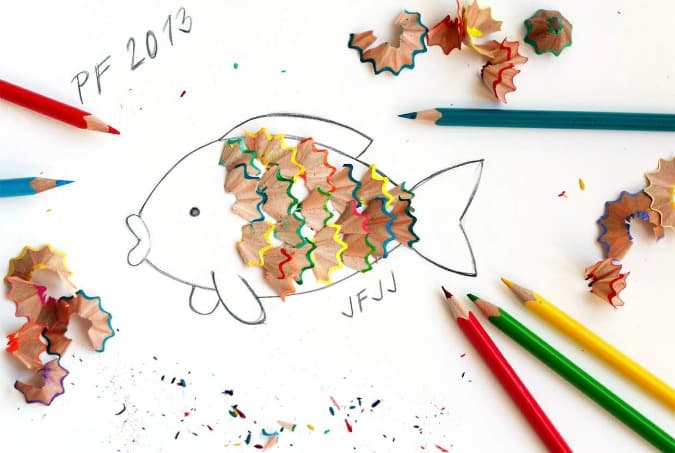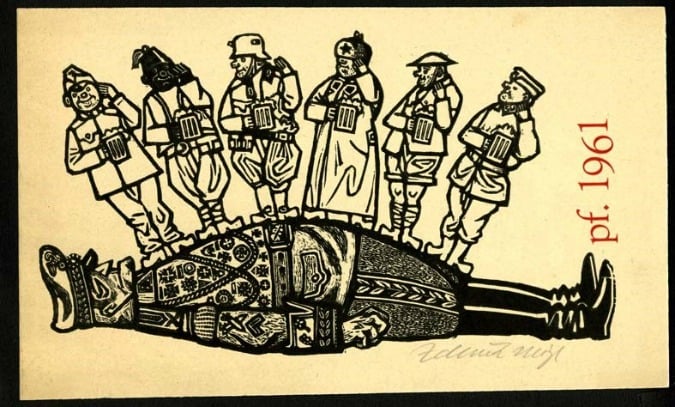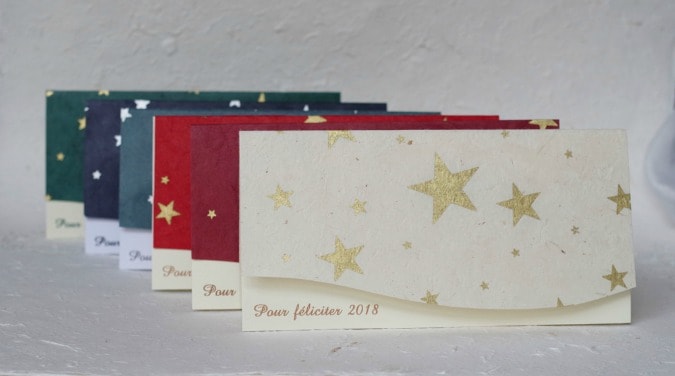It’s that time of year when the holiday greetings start rolling in. Whether you work in a Czech office or have Czech friends and family you’ve likely received a card that looks something like this:
The PF, also called novoročenka or New Year’s card, is as essential to Czech Christmas as the carp. In short, it’s a stand-in for “Merry Christmas and Happy New Year” and is solely a Czech (and Slovak) tradition.

Derived from the French pour féliciter (felicitations) and abbreviated as “PF” followed by the forthcoming year, Czechs even have their own slang word for this seasonal greeting: péefko.
The tradition dates back to the 19th century and has historically been linked to Count Karel Chotek (1783-1868 ) who is credited with introducing the phrase to Czech society. The Bohemian nobleman apparently invented this cousin to the Christmas card as a way to politely avoid holiday visits!
It is worth noting that during the reign of Rudolf II in the 17th century, the Prague Mint released silver coins with a New Years greeting, which likely represent the earliest use of novoročenka.

As French was commonly spoken among the upper classes during this time period, the linguistic origins of the custom aren’t surprising.
Another explanation for what makes this greeting particularly Czech is its reflection of the country’s growing secularization back then—essentially PF became a non-religious substitute for “Merry Christmas.”

The phrase commonly appears on ornaments and gingerbread creations as well, and despite the rising popularity of video and flash-animation PFs, the print tradition remains strong.
Over 30 million PFs are sent annually according to the Czech Post Office and while many bear the wholesome illustrations of Czech folk artist Josef Lada, a number of graphic designers and artists issue remarkably stylized cards each year.
If you are sending PFs to business clients there is a rather strict set of etiquette rules to adhere to. This site (in Czech) gives an overview of them. Many companies use their holiday mailing campaign as an important marketing tool.

When is the best time to send yours? Great news for procrastinators: unlike a traditional Christmas card, a PF may be sent during Christmas time, after the holidays just before New Year’s Eve, or a few days after the start of the New Year.
Order your PF greeting cards online (there is an entire catalog devoted to them at PF.cz) or buy from smaller sellers or design markets.
Wherever you source them, make sure to take part in this Czech phenomenon that is celebrated nowhere else on earth—not even, despite its paradoxical name, in France!












 Reading time: 2 minutes
Reading time: 2 minutes 
























